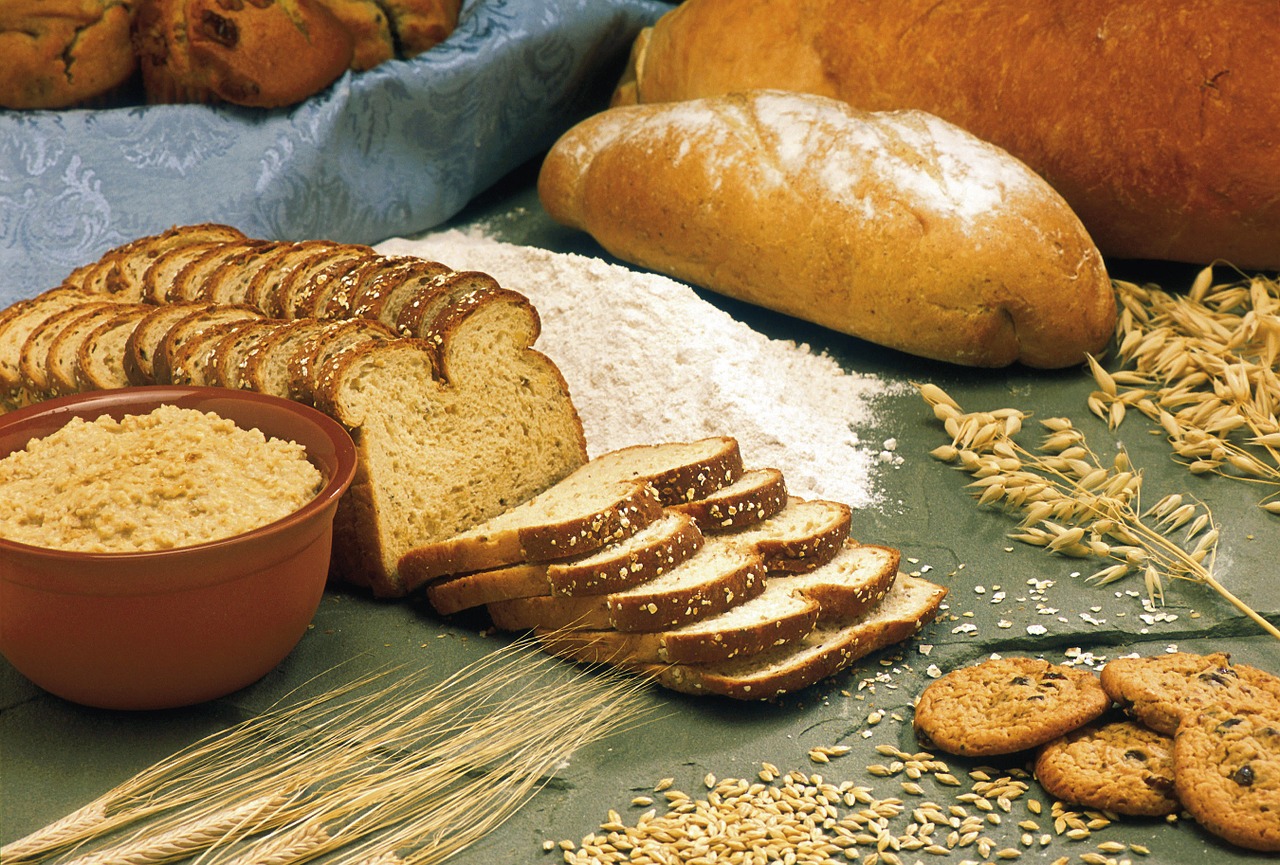Q: I’d like to eat more whole grains, but I need to limit sodium, and many are surprisingly high in sodium. What do you suggest?
A: One easy way to get whole grains is with breads and cereals, though whether whole grain or not, these do often contain high amounts of sodium. So, to keep sodium in check, try expanding your vision of whole grains to less processed options. Compare labels to find lower sodium options like old-fashioned or one-minute oatmeal rather than instant, and shredded wheat rather than higher-sodium types of cereals. Instead of prepared whole-grain mixes, like boxed seasoned brown rice, that include large amounts of sodium (some contain about 500 mg of sodium per serving), choose plain, unseasoned whole grains (0 mg sodium) and add your own herbs, lemon juice and other sodium-free flavorings.
Some whole grains that cook in less than 15 minutes include bulgur, quick-cooking brown rice, whole-wheat couscous, quinoa and whole-grain pasta. Try wild rice, millet, barley, wheat berries, amaranth and freekeh (“free-kuh”) when you have more time. If some of these grains are unfamiliar to you, check the Whole Grains Council website or recipes from the American Institute for Cancer Research for ideas. Then have fun experimenting!
The Author:
The American Institute for Cancer Research (AICR) http://www.aicr.org
